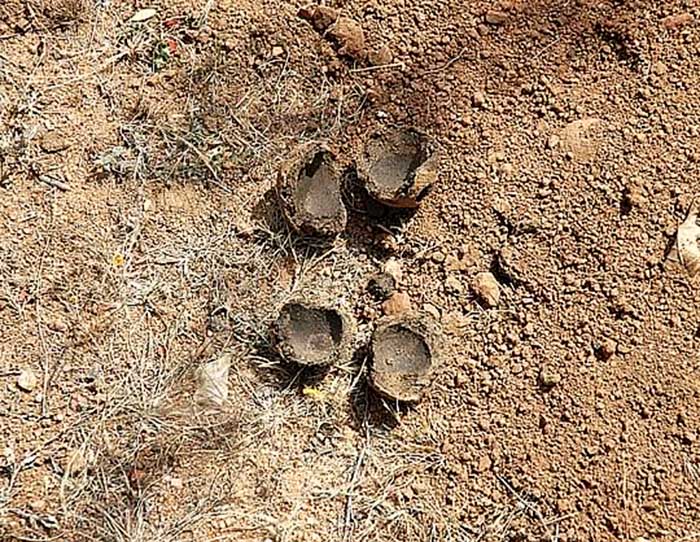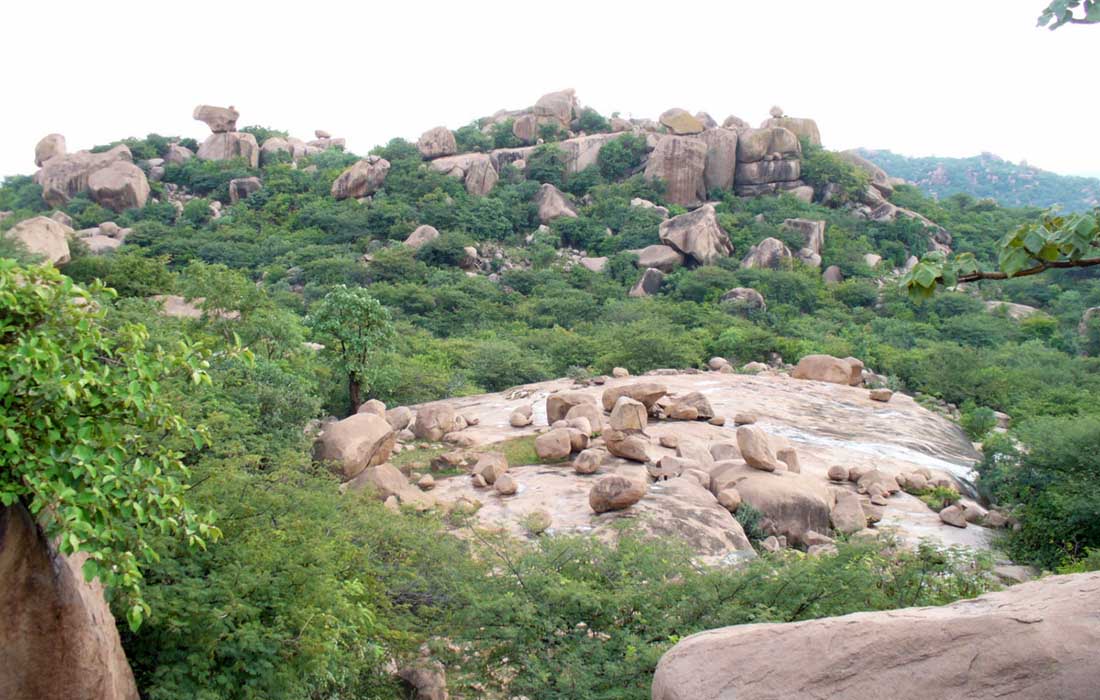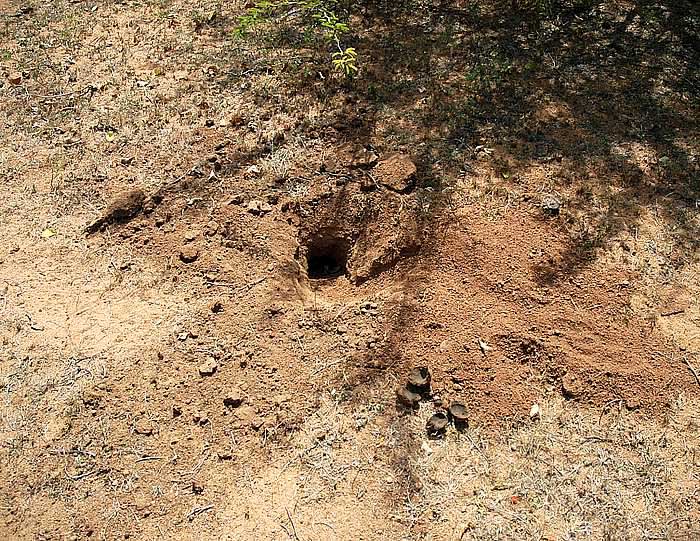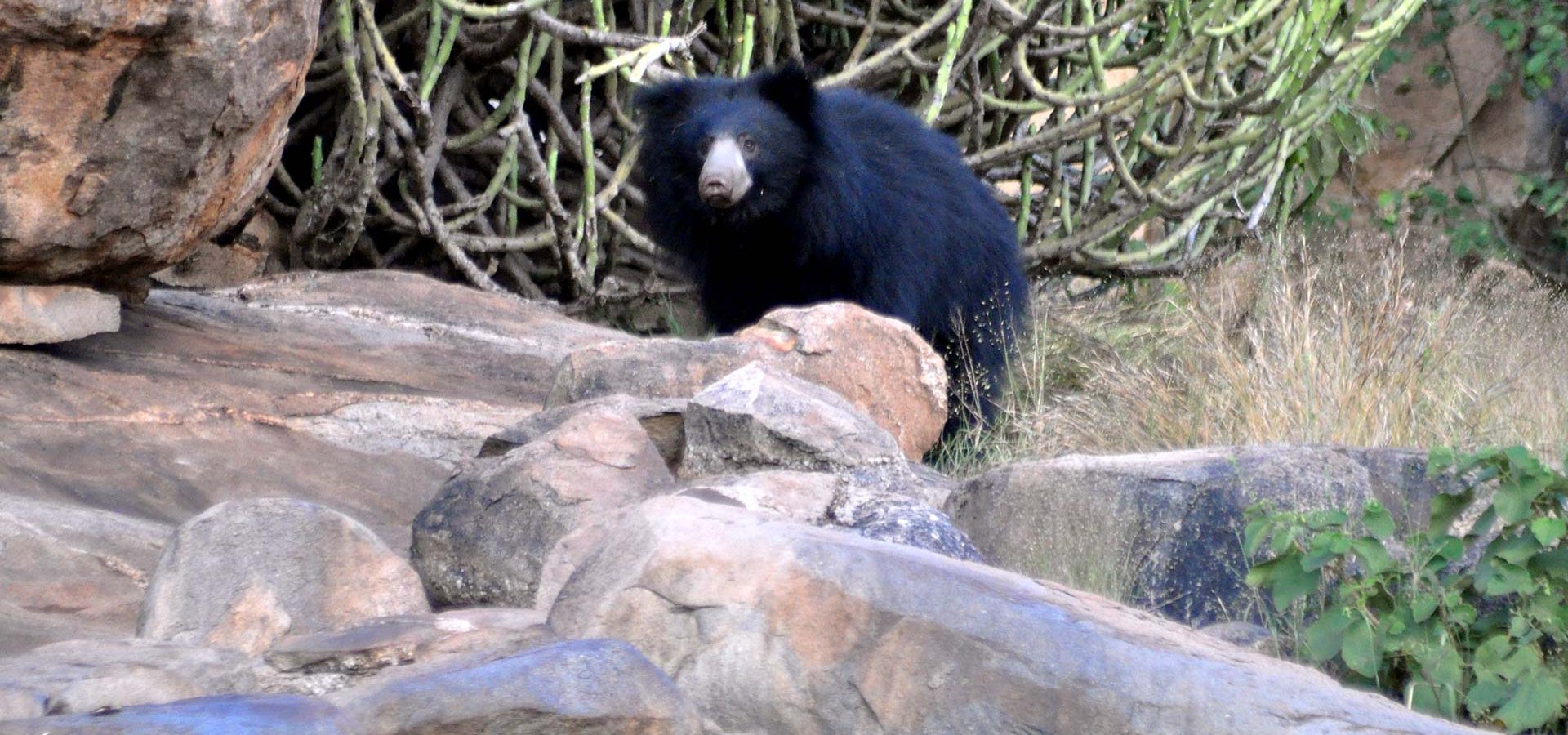Just as different corners of the earth are known for certain delicacies, whether it be New Orleans for its beignets, Paris for their macaroons, or New York for their pizza, different regions within sloth bear range also have their unique delicacies… at least to the sloth bear palate. One of the more interesting ones is found on the Deccan Plateau of southern India. Here, the unique sloth bear delicacy is the dung beetle larva!

Sloth bears have a greatly varied diet, and although they are myrmecophagous (specifically adapted to feed on insects, especially termites and ants) they also feed on fruits and seeds. They will also eat carrion, and occasionally small mammals, amphibians or reptiles. Like other bear species but unlike other myrmecophagous mammals, they can adapt their diet to changing food conditions. Studies have long documented that sloth bears eat longicorn beetles and dung beetles, but documenting a foraging behavior for dung beetle larva was a new discovery.

Dung beetles are present throughout the subcontinent of India and can be split into two basic groups based on their breeding behaviors: the “Tunnelers” and the “Rollers.” The Tunnelers make tunnels directly under a dung pat. The Rollers gather dung into a ball (about a tennis ball size), then roll it to a new location where they lay an egg in it. Some species of Rollers prop up the dung balls in vegetation, while other species bury them in the ground, roughly 10 cm deep. The species that bury the dung balls in the ground seem to be of particular interest to sloth bears. It turns out that these buried, larva-filled dung balls are quite the delicacy to sloth bears, who will actively forage for them.

Throughout the scrub forests of Karnataka, the unmistakable sloth bear sign — the long, trailed dirt diggings and sloth bear prints — will often contain a cracked-open dung ball (see photo). Exactly how the bears locate the dung balls under the earth is not known, though their keen sense of smell likely plays a role. Once the dung balls are located, the bears use their long, powerful claws to dig them up. The ball is then cracked open and the beetle larva is eaten.
Sloth bears are very fascinating animals, the fact that they forage for dung balls is a characteristic that makes them even more captivating. Wildlife SOS is dedicated to researching sloth bears in the wild so we can better understand them and take action to protect them. If you love sloth bears as much as we do, we hope you will donate to support our work.





